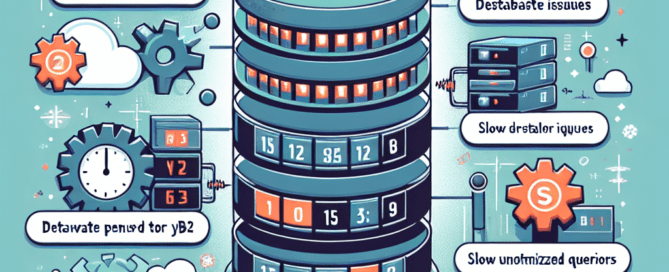Error: Terminating since out of inotify watches. Consider increasing /proc/sys/fs/inotify/max_user_watches
Error: The error means that the system has reached the maximum number of "inotify watches," which limits the ability to monitor files and directories. This typically happens when there are many applications or processes trying to observe file and directory changes. Solution: To increase the inotify watches limit, follow these steps: Open a terminal and [...]










